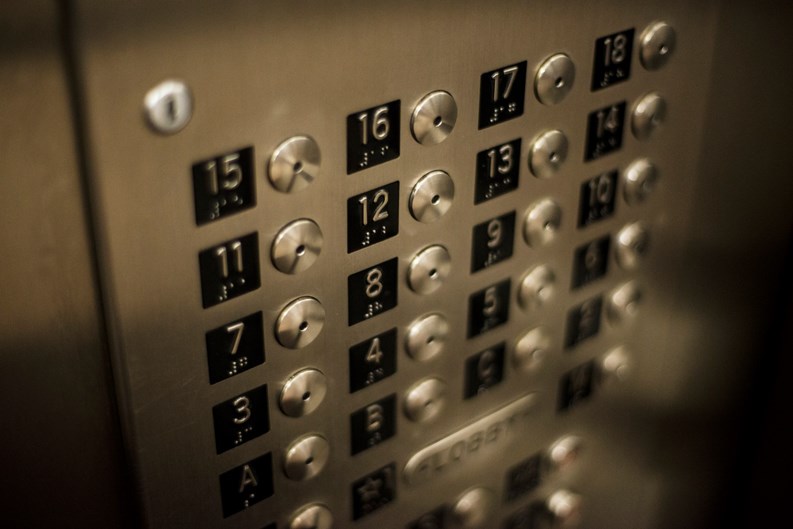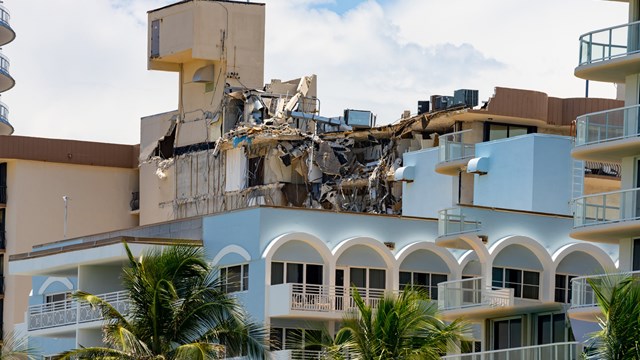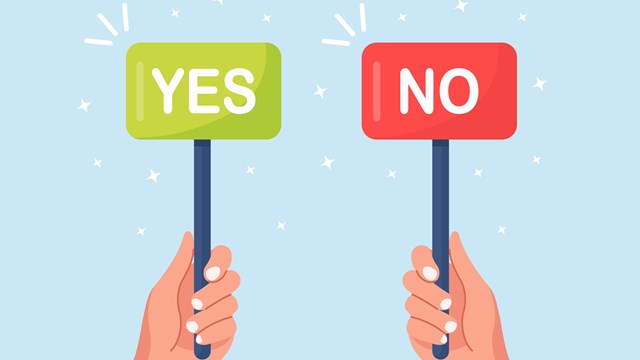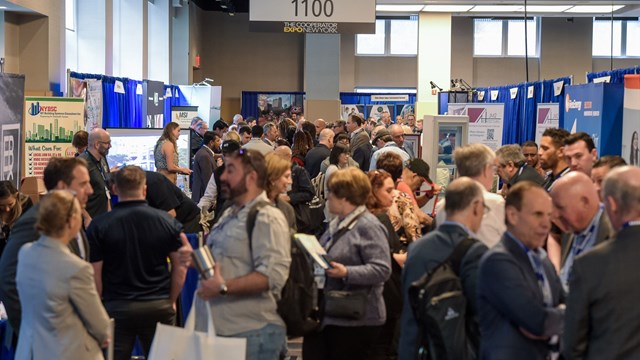A new report by the New York State Comptroller's Office about the city's elevator inspections is sobering for those who rely on elevators on a daily basis.
As reported by The Real Deal, an audit released on June 6 by New York State Comptroller Thomas P. DiNapoli cited some troubling findings regarding the inspections by the city's Department of Buildings--based on an examination of 12 elevators in nine buildings throughout the five boroughs as a sample.
Some of those conclusions from the audit are:
- Two non-DOB elevator inspectors
had signed elevator inspection certificates for 15 elevators in 14
buildings before the inspections were under way.
- Three non-DOB inspectors did not
identify broken door restrictors, which are devices that prevent
elevator doors from opening between floors. Such a problem with the
restrictors would require the elevator to be taken out of service
until that issue was fixed.
- The inspectors found hoist cables
showing signs of rouging, which are abrasions that cause wearing on
the cables. At one building, a non-DOB inspector missed the rouging,
while at another building, a non-DOB inspector noticed rouging but
didn't have the proper tool to determine how serious the problem
was.
- There were violations overlooked
in 11 of the 12 elevators in the sample.
- In 2015, 13 percent of the 62,166
elevator inspections were not performed by non-DOB inspectors.
- In 2016, 11 percent of the 63,314
elevator inspections were not conducted by non-DOB inspectors.
The audit highlights the problem of elevator inspections in terms of manpower: in a city that has 71,000 elevators, there are only 48 staff inspectors at the DOB, according to the comptroller's office. As a result, the department uses private companies to conduct the annual elevator inspections.
In a press statement, DiNapoli said of the findings: "In a vertical city, with tens of thousands of elevators carrying millions of people, it is unacceptable that New Yorkers should have to worry about false inspections or hazardous conditions. Even in a limited group of inspections, we found nearly every one missed violations that could pose risks to safety. While the Department of Buildings deserves credit for taking steps to address the concerns and recommendations we’ve made in our audit report, the agency needs to ensure that all inspections are complete and thorough so that New Yorkers can feel confident that the elevators they ride in are safe."
Among DiNapoli's recommendations to improve oversight for the inspections are as follows:
- Remind elevator
inspection companies to follow the proper guidelines in the
inspections and to identify those elevators that need to be taken
out of service.
- Non-DOB inspectors need to follow
the department's rules when conducting the inspections.
- DOB needs to communicate with
building owners about imminent inspections.
- The use of stiffer actions, such
as fines, to penalize building owners when inspections are not
conducted.
According to the comptroller’s office, the DOB agreed with eight of the nine recommendations from the report. In a statement quoted by The Real Deal, DOB Commissioner Rick Chandler said: “New York’s elevators are one of our safest forms of transportation – and DOB’s strong elevator regulations are a key reason why. That said, we take the Comptroller’s input seriously and have already taken steps to address many of these recommendations.”
You can read the full audit here.
David Chiu is an associate editor at The Cooperator.







Comments
Leave a Comment